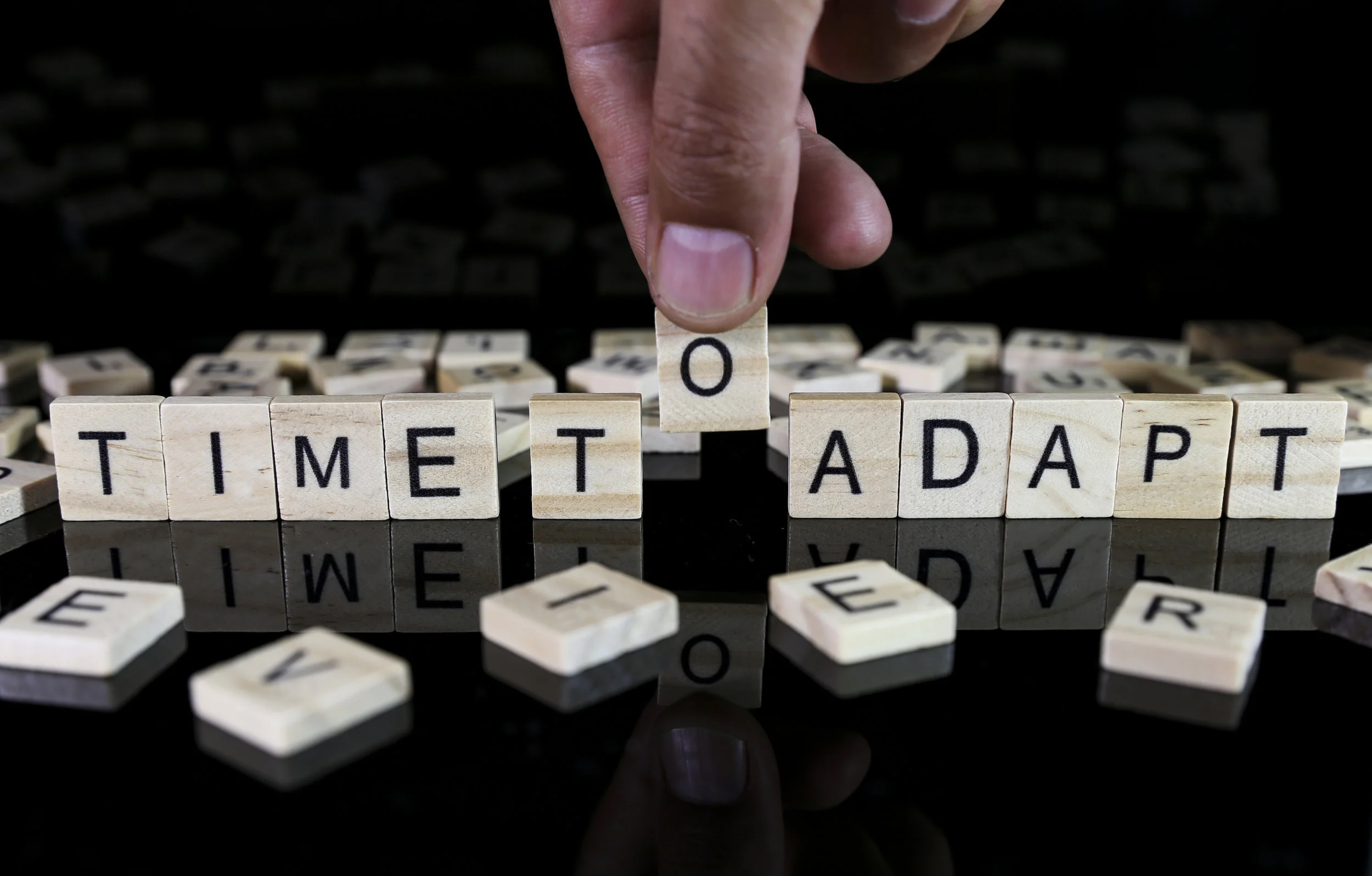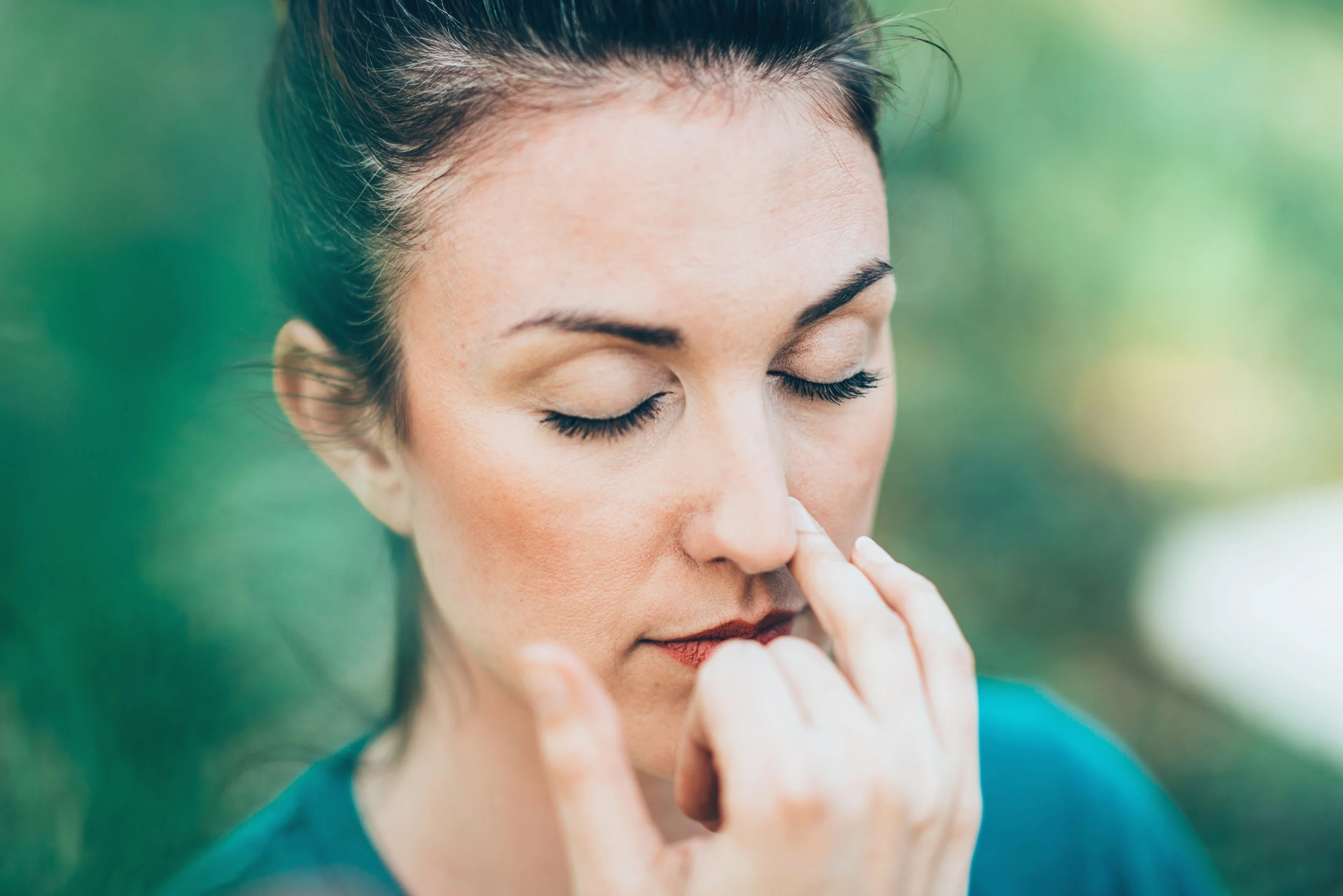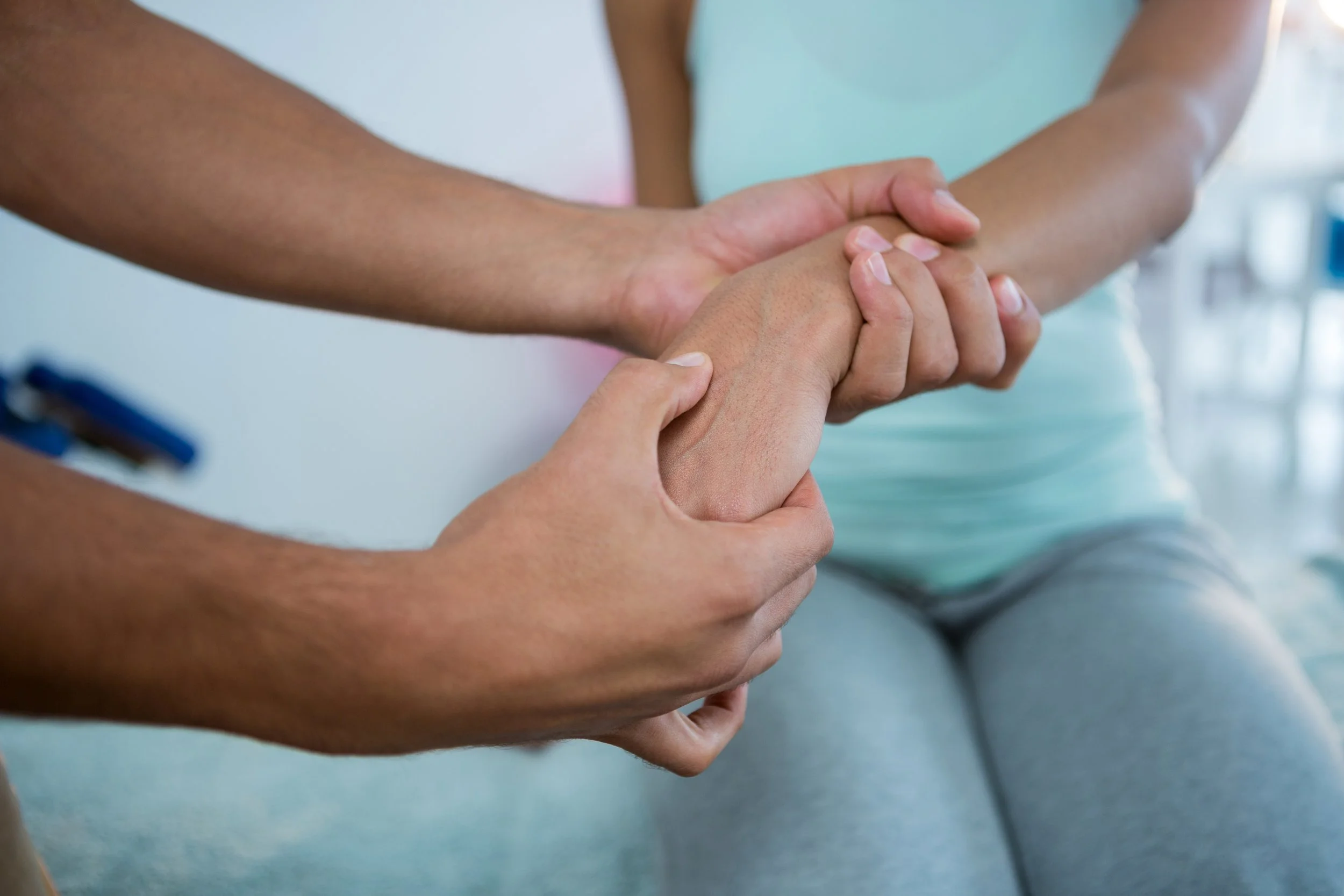Social Inclusion as a Determinant of Mental Health and Wellbeing
/The link between social inclusion and mental health & wellbeing
A study of 2000 people in Finland found that social support strengthened mental health in all respondents (Sohlman 2004).
Young people reporting poor social connectedness (that is, having no-one to talk to, no-one to trust, no-one to depend on, and no-one who knows them well) are between two and three times more likely to experience depressive symptoms compared with peers who reported the availability of more confiding relationships (Glover et al, 1998).
A large meta-analysis of routinely collected data from 1952-1993 found a significant increase in mean levels of anxiety among US college students and school children which was correlated with reduced social connectedness (Twenge, 2000).
Evidence of significant and persistent correlations has been found between poor social networks (weak social ties, social connectedness, social integration, social activity, and social embeddedness) and mortality from almost every cause of death (Seeman 2000; Berkman & Glass 2000; Eng et. al 2002).
Studies have consistently demonstrated people who are socially isolated or disconnected from others have between two and five times the risk of dying from all causes compared to those who maintain strong ties with family, friends & community (Berkman & Glass 2000).
Belonging to a social network of communication and mutual obligation makes people feel cared for, loved, esteemed and valued. This has a powerful protective effect on health. Supportive relationships may also encourage healthier behaviour patterns (Wilkinson & Marmot 2003).
Two different but potentially complimentary mechanisms have been proposed to explain how social networks influence mental health. Social networks may have a beneficial effect on mental health regardless of whether or not the individuals are under stress, social networks may also improve the wellbeing of those under stress by acting as a buffer or moderator of that stress (Kawachi & Berkman, 2001).
By providing emotional support, companionship and opportunities for meaningful social engagement, social networks have an influence on self-esteem, coping effectiveness, depression, distress and sense of wellbeing (Berkman & Glass, 2000).
Social networks and social ties have a beneficial effect on mental health outcomes, including stress reactions, psychological wellbeing, and symptoms of psychological distress including depression and anxiety (Kawachi & Berkman 2001).
Whiteford, Cullen and Baingana (in press) indicate that :
• The benchmark Whitehall study demonstrated the link between social exclusion and ill health, and social isolation has been linked to unhappiness, illness, and shortened life.
• Socialising with colleagues from work, attending religious services and participation in clubs is related to positive health status.
• Vulnerability for depression includes the lack of confiding relationships, unemployment and low social status all of which can derive from a breakdown in social cohesion. Even in conditions where psychosocial factors are generally not considered to be pathological, this relationship has been reported. For example, socially isolated elderly people have a relatively greater risk of developing Alzheimer’s disease.
Social relationships have potentially health promoting and health damaging effects. Positive mental and physical health effects are associated with social interactions among older adults, including better recovery after disease onset. Critical and/or overly demanding social ties have however been correlated with increased stress and risk of depression among the elderly (Seeman, 2000).
The amount of emotional and practical social support people get varies by social and economic status. Poverty can contribute to social exclusion and isolation. People who get less social and emotional support are more likely to experience more depression (Wilkinson & Marmot 2003).
The Victorian Population Health Survey (VPHS) 2002 found that people with few social networks were more likely to report fair to poor health and to be experiencing some level of psychological distress. The study identifies higher network scores were associated with those who lived in rural areas, older age groups, those who were Australian born and those who were employed. Higher network scores were also associated with a range of benefits including an increased ability to get help in an emergency, feeling valued by society, accepting diversity and better health outcomes (DHS 2003).
An analysis of VPHS community strength indicator data undertaken by the Department of Victorian Communities shows that people who participate and those who can get help when needed are healthier and feel more positive about the communities in which they live. It also shows inequalities between population groups, most notably between socio-economic and ethnic groups (DVC 2004).
Baum et al. (2000) found mental health status was more strongly correlated with levels of participation in social and community life than physical health.
A national survey conducted by the Australian Bureau of Statistics in 2001 found rates of mental and behavioural problems and 'a very high level of psychological distress' were higher amongst adults who lived alone compared with adults living in a household with at least one other person (ABS 2003).
People are increasingly more likely to live alone and spend much more time by themselves according to an Australian Bureau of Statistics study which found that between 1992 and 1997, the percentage of our waking time spent alone increased by 14% to 3 hours a day (ABS 2000). The link between social capital and mental health & wellbeing.
There is growing evidence of correlations between various dimensions of social capital and aspects of mental health such as: common mental illnesses (Pevalin, 2002; Pevalin & Rose, 2002); happiness and wellbeing (Saguaro Seminar, 2001; Putnam, 2001); self-assessed mental health status (Baum et al, 2000); depressive symptoms (Ostir et al, 2003); feelings of insecurity related to crime (Lindstrom et al, 2003); general psychological distress (Berry & Rickwood, 2000; Berry & Rogers, 2003); emotional health (Rose, 2000); and binge drinking (Weitzman & Kawachi, 2000).
Although low levels of social capital have been correlated with poorer health, including mental health, a large UK study has found that social capital does not moderate or buffer the negative impact of structural socio-economic factors on health or common mental illness (Pevalin and Rose, 2002).
Greater levels of community participation, social support and trust in others in the community have been associated with reduced experience of psychological distress (Berry & Rickwood, 2000).
Lower levels of social trust have been associated with higher rates of most causes of death, including heart attacks, cancer, stroke, unintentional injury and infant mortality (Kawachi & Berkman 2000).
Variations in anti-social behaviour and suicidal behaviour have been traced to strengths or absences of social cohesion (OECD 2001). Whiteford, Cullen and Bangana (in press) indicate that :
• There is a correlation between poor health and lower levels of social capital as evidenced by levels of interpersonal trust and norms of reciprocity (both of which can serve as indicators for social capital).
• There is evidence for an inverse relationship between social capital and the presence of mental disorders in populations.
• Social scientists have demonstrated higher social capital may protect individuals from social isolation, create social safety, lower crime levels, improve schooling and education, enhance community life and improve work outcomes.
• The same strong ties that are needed for people to act together can also exclude non-members, such as the poor or minority groups. Strong ties within the group may lead to less trust and reciprocity to those outside the group.
• Analysis of ecological factors indicates societies with low trust levels exhibit higher rates of violent and property crime, such as homicide, assault, robbery and burglary.
This article originally appeared on www.vichealth.vic.gov.au











![Self-regulation “control [of oneself] by oneself"](https://images.squarespace-cdn.com/content/v1/55563e14e4b01769086817cb/1542845645966-PO2HGKF5JLUBM45UIWQ3/wee-lee-790761-unsplash.jpg)




















